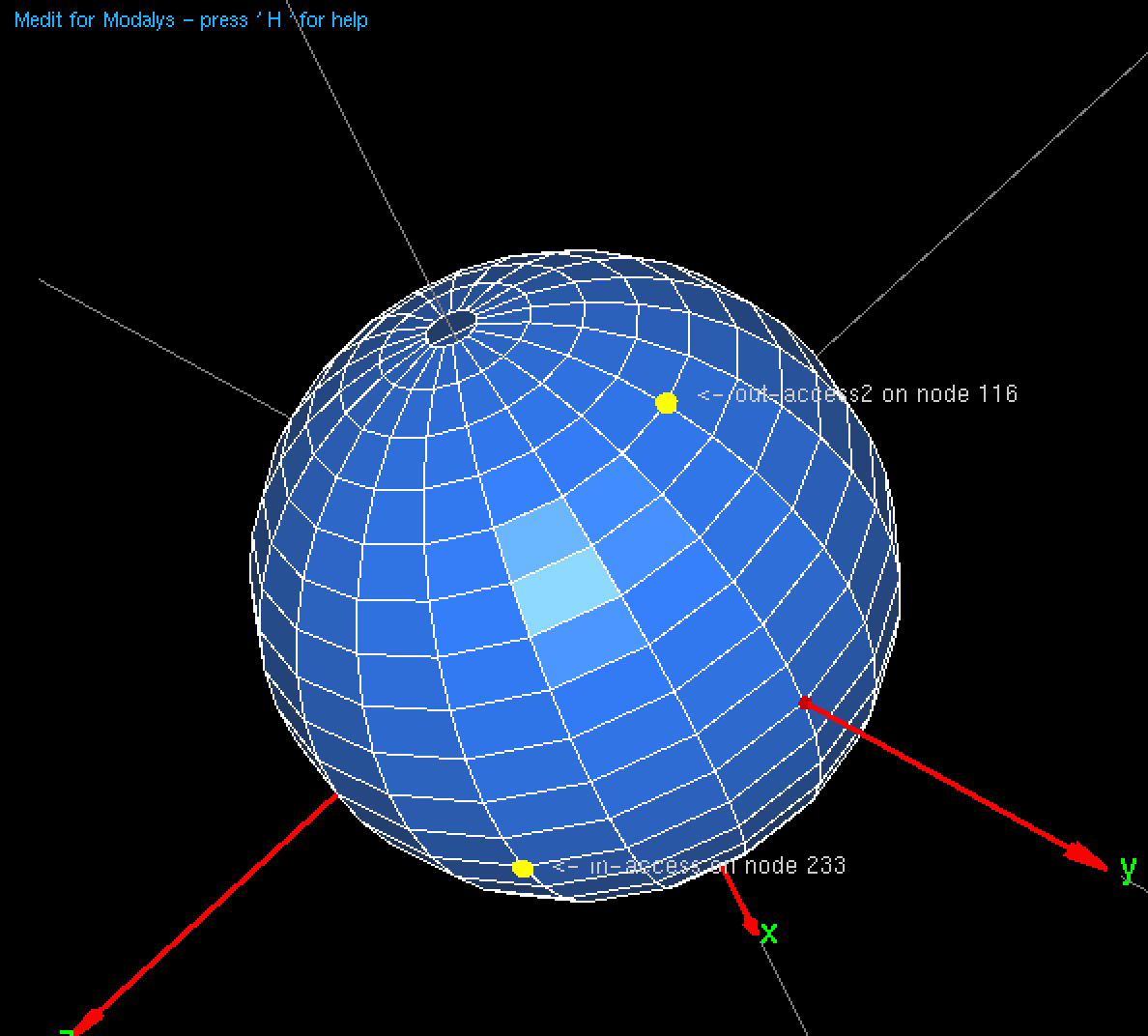Hi Robert !
I am diving into the world of FEM inside of LUA - really phantastic what seems to be possible here!  I am trying to understand the way the example 3D instruments have been made - AND - to see which mlys getinfo/setinfo messages that work with the FEM object.
I am trying to understand the way the example 3D instruments have been made - AND - to see which mlys getinfo/setinfo messages that work with the FEM object.
There are many questions to be answered, please see below. I made the adjoint patch in order to record them. Feel free to answer any of the questions as you like, in any order, maybe one by one?
Have a look to the patch and especially the subpatcher “testing-FEM-messages”.
lua_3D_parametric_HPST.maxpat (76.5 KB)
All the best Hans Peter
Listing questions of FEM inside LUA
LUA script
-
{ } what does curly brackets mean in LUA?
-
Why must there be two values returned from the { } function?
-
Can a function definition inside { } include for and while loops?
-
Why does the resolution-loop not work on different function specifications? Is it one index too large?
-
Why does getNodeXY not work? Maybe also a question of wrong indexing?
FEM messages
-
Why does mode-amplitude not work on FEMs?
-
After some time you cant excite the FEM. Why ?
-
How to “slide” an access over FEM-nodes?
-
An error message from a certain getinfo message may persist even if changing to another message. Should be corrected?



